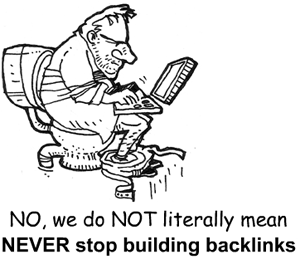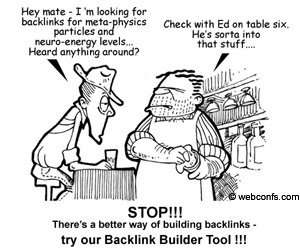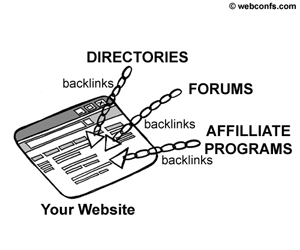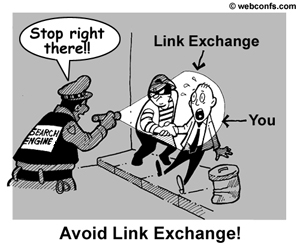Kindle is the newest craze and it could be a huge source of income
for you, so you need to take advantage of it. However, having your
Amazon Kindle eBook finished is only the first stage in the process.
If you want to be really successful, you need to promote it.
The Amazon market has a huge potential and you can't afford to
miss it. On the other hand, despite the fact this is a new niche, the
competition is really fierce, so if you want to stand out from the
crowd, you need to make your book attractive and easy to find.
Of course, you must apply all the conventional promotion and SEO
strategies, like building backlinks to your page and promoting it on
other sites, but there are also some special steps to take in order
to make your product visible. Here they are.
1 Choose a Good Cover
The cover of your Amazon Kindle eBook is its face. The cover
appears in the listings when you search for a book and in addition to
the title of the book, the cover is what makes a user click to see
more about the book or move to the next title in the listing. Lots of
times a catchy cover gets additional clicks and even if users don't
buy your book only because of its cute cover, these additional visits
to your page make it more popular, which in turn brings more
potential buyers in the long term.
2 Choose a Perfect Title
The title, together with the cover, are the first (and frequently
the only) parts of your book users see when they search for books on
a particular topic or in general. Needless to say, your title must
contain your keywords because this way it will appear more frequently
in relevant search results. On the other hand, don't stuff your title
artificially with your keywords because this will have the adverse
effect ‐ we have seen this too often and this keyword stuffing
hurts the rankings of otherwise good books a lot.
The second major requirement for a perfect title is to be catchy.
Amazon searchers are humans, not bots, so they don't care about
keyword density in the title. What they care about is a catchy title
that provokes them to click on and see more details about the book.
Similarly to covers, high click throughs and purchases will give you
a better rank in a popularity filter search (and maybe even relevance
filter) and this pays in the long term.
3 Optimize the Description
After the catchy cover and/or title has done its job to land
readers on the page of your book, you wouldn't like to miss them,
right? This is why you need to come with a concise, yet truthful and
attractive description. This description also needs to be keyword
rich without being keyword stuffed.
4 Pay Attention to Tags and Reviews
On the Amazon product preview page there two other very important
things: tags and reviews. You can use keywords for tags but you also
need to come with more ideas. Basically, see what readers search for
in your niche, and add these words and phrases as tags.
As for reviews, they are simply vital. You can obtain reviews in
many ways but probably the easiest is to give away a few copies of
the book in exchange for favorable reviews. There are Internet
marketing forums where you can find potential reviewers and it is
best if they are Amazon veterans with a positive rating on their own
because this makes their word weigh more.
5 How to Choose the Keywords to Optimize for
As you have probably guessed by now,
keywords are very important on Amazon, too. You can use the keywords
you use for SEO but you can also take advantage of the options Amazon
offers.
For instance, Amazon gives you a bunch
of 'Related Searches'. Check if these keywords are OK for you. Keep
going on till you get the keywords that best match your book. Try
sticking to keywords found in the 'Related Keywords' suggestions
because these tend to be the most popular ones. If this piece were an Amazon book rather than an
article, some of the other keywords we would have chosen to optimize
for are: Kindle Listing Optimization, Kindle Optimization, Kindle
self publishing Optimization tips, Make your Kindle Ebook free.
6Make Your eBook Free - Enroll in KDP Select
In order to get even more free publicity, you might consider the
KDP Select
service. This service helps you reach new audiences and even though
it might not lead to direct purchases, your presence in the program
helps you in indirect ways.
Now, you might be wondering how this can help you make money with
your Amazon Kindle eBook. KDP Select will allows
you to list you book for free for 5 days in a 90 day range, which is
an excellent way to get additional reviews and spread the popularity
of your book. It also allows you to lend books to Amazon prime
members, which is an additional avenue for selling books ‐ if a
prime member likes your book, chances are he or she will buy it after
the lease period is over.
7 Take Advantage of Listmania! Lists and Amazon's
Author Blogs
Listmania! Lists are one more place to get free publicity. You can
create a list and include your book in it. You can also ask your
friends and partners to include your book in their lists. This way,
people who are browsing Listmania! can encounter your book and click
on it.
Amazon author blogs are also a place for some more exposure. They
are great as establishing yourself as an expert in your niche, which
in turn increases the trust users have in your expertise. When users
consider you to be an expert, they are more likely to buy your book.
8 Participate in the Discussion with Potential
Buyers
It always makes a difference when there is live contact with the
author. This is why you might consider spending some time in
discussions with potential buyers.
9 Promote Your Book on Forums and Social Media
Finally, don't forget the power of forums and social media. Use
them to promote your book and drive traffic to your Amazon listings.
This might not be shortest way to sales but it also helps.



